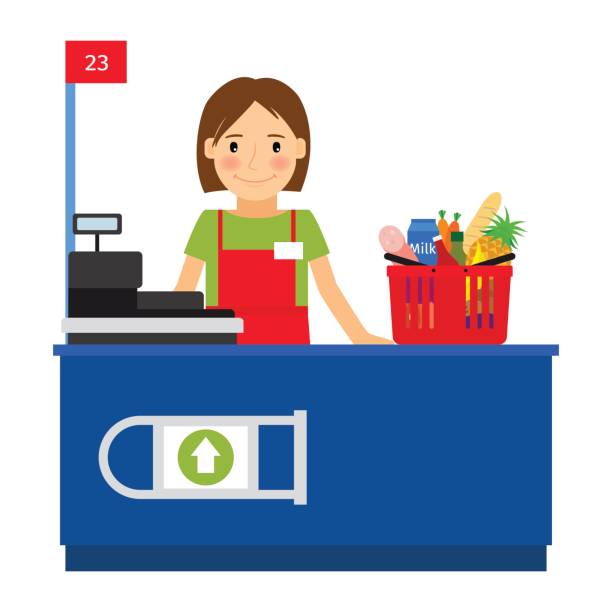As a cashier, it is important to understand and be familiar with different forms of payment that customers may use. Here are some common forms of payment and key points to understand about each:
- Cash:
- Cash is physical currency, such as coins and banknotes.
- Cash payments involve receiving the exact amount from customers or providing change if the payment exceeds the purchase amount.
- Cash handling requires accurately counting and verifying the currency received, and securely storing it in the cash register or drawer.
- Credit Cards:
- Credit cards are plastic cards issued by financial institutions that allow customers to make purchases on credit.
- When a customer pays with a credit card, cashiers need to swipe or insert the card into a card reader or process it through a POS system.
- Cashiers must ensure the card is valid and not expired, and may need to verify the customer’s signature or check the identification (if required by the business).
- Debit Cards:
- Debit cards are linked to a customer’s bank account and allow for electronic payment directly from the account.
- Cashiers process debit card payments similarly to credit cards, either swiping, inserting, or tapping the card, depending on the card’s capabilities.
- It’s important to verify that the debit card is valid, and the customer may need to enter their PIN (Personal Identification Number) to complete the transaction.
- Mobile Payments:
- Mobile payments involve using smartphones, smartwatches, or other mobile devices to make payments.
- Popular mobile payment methods include Apple Pay, Google Pay, Samsung Pay, or other similar apps.
- Cashiers should be familiar with the mobile payment options available at their business and understand the process for accepting mobile payments through the POS system or scanning a QR code.
- Checks:
- Checks are written documents that allow customers to transfer funds from their bank account to the recipient.
- Cashiers need to verify the details on the check, including the customer’s name, the date, the payee, and the amount written numerically and in words.
- Cashiers should follow proper procedures for processing checks, which may include obtaining authorization, verifying identification, and depositing the check securely.
- Gift Cards and Vouchers:
- Gift cards and vouchers are prepaid cards or certificates that customers can use to make purchases.
- Cashiers should understand how to process gift cards or vouchers through the POS system, deducting the appropriate amount from the card’s balance.
- It’s important to check the validity and balance of the gift card or voucher before accepting it as payment.
- Contactless Payments:
- Contactless payments use Near Field Communication (NFC) technology to enable quick and secure transactions without physical contact between the payment device (card or smartphone) and the card reader.
- Cashiers should be familiar with contactless payment methods, such as tapping a card or smartphone on the card reader, and ensure that the transaction is processed correctly.
Understanding these different forms of payment and being proficient in processing them through the appropriate payment systems or POS terminals is essential for cashiers to ensure smooth and accurate transactions while providing excellent customer service.
SHARE
